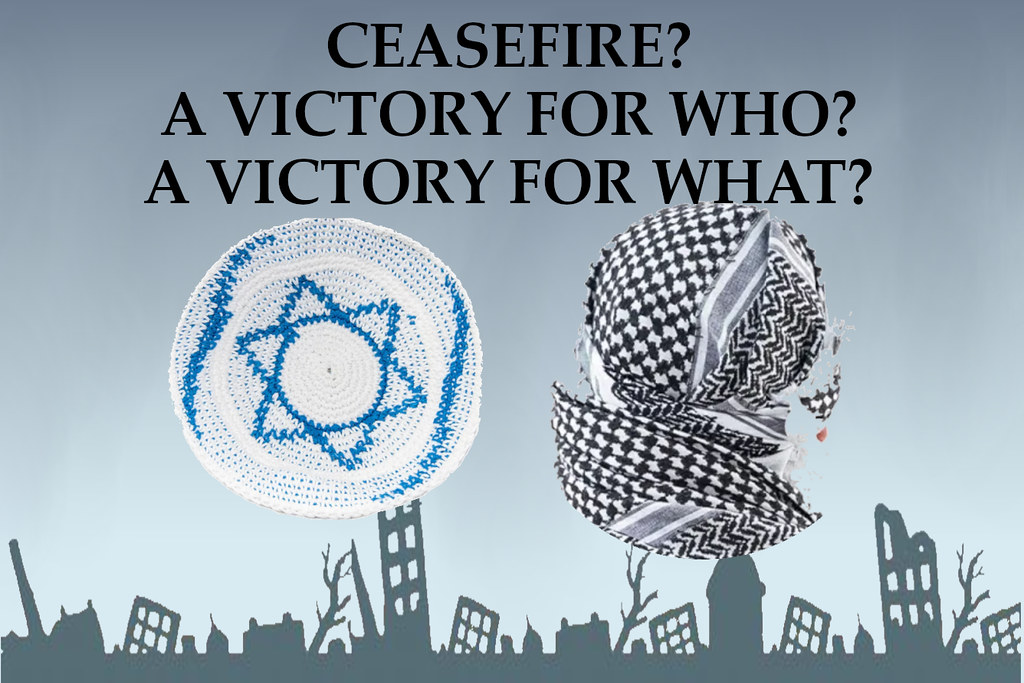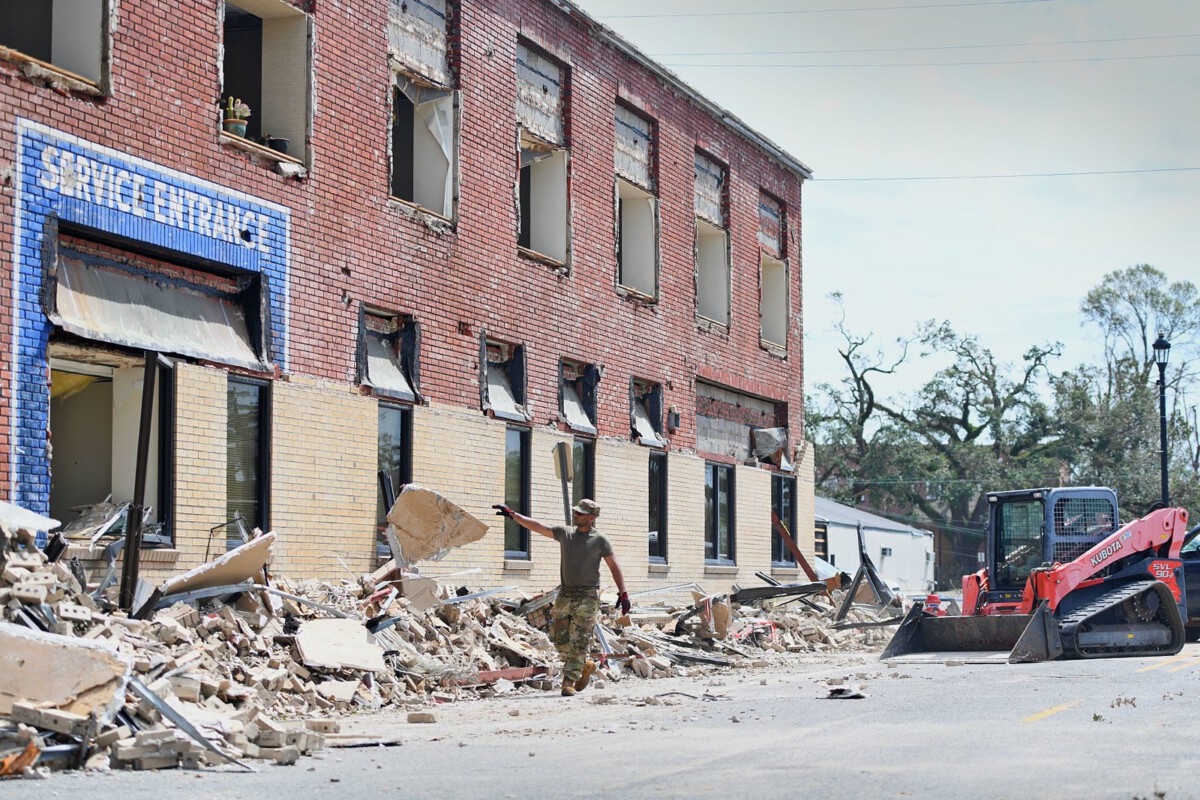
The Deadly Overnight Assault (Image Credits: Flickr)
The acrid smoke from overnight blasts lingers over Gaza’s crowded streets, a stark reminder of how quickly calm can shatter in this long-troubled region.
The Deadly Overnight Assault
Israeli forces launched a series of airstrikes across Gaza early Sunday, targeting what they described as Hamas violations of the hard-won ceasefire. Reports from the ground paint a grim picture, with at least 45 people killed in the barrage, including civilians caught in the crossfire. Hospitals in the area scrambled to treat the wounded as families searched for loved ones amid the rubble.
This escalation came just weeks after the truce took effect on October 10, brokered through intense U.S. diplomacy. Israel accused Hamas of firing rockets and other provocations, prompting the swift military response. Yet, the strikes have reignited fears that the fragile agreement could unravel completely.
Trump’s Unwavering Stance
President Donald Trump wasted no time addressing the chaos, telling reporters upon landing in Washington that the ceasefire remains solidly in place. He downplayed the incident, suggesting it might involve “rambunctious” elements within Hamas rather than the group’s leadership. “It’s going to be handled properly,” Trump added, emphasizing a tough but measured approach.
His comments underscore the personal stake Trump has in this deal, which he touted as a key achievement of his administration. By framing the strikes as isolated rather than a full breach, Trump aims to keep momentum toward lasting peace. Still, his words carry weight in a region where U.S. influence often tips the scales.
Back-and-Forth Blame Game
Hamas fired back immediately, condemning the strikes as a blatant violation and warning of a potential total collapse. Officials from the group insisted they were committed to the truce but pointed to Israeli actions as the real threat. Palestinian authorities reported hits on displacement camps and residential areas, amplifying the outcry.
Israel, meanwhile, defended the operation as necessary enforcement, vowing to respond to any further infringements. The Israel Defense Forces announced a return to ceasefire protocols by late evening, but not before the damage was done. This tit-for-tat rhetoric highlights the deep mistrust that has plagued negotiations for months.
Aid Flows Resume, But Challenges Persist
In a positive turn, Israel agreed to reopen key aid crossings into Gaza, allowing trucks laden with food, medicine, and supplies to roll in after a brief suspension. UN officials expressed relief, though they stressed the volume still falls short of what’s needed to sustain the population. Bureaucratic hurdles continue to slow deliveries, leaving many in dire straits.
One Palestinian refugee agency spokesperson called it a “relief” but urged faster action to prevent a humanitarian crisis. With over a million people displaced, every delay compounds the suffering. These efforts show glimmers of cooperation even as tensions simmer.
Key Players in the Diplomatic Push
Trump’s special envoy, Steve Witkoff, along with Jared Kushner, landed in Israel amid the uproar, signaling urgent behind-the-scenes talks. Their presence aims to shore up the deal’s foundations, focusing on unresolved issues like Gaza’s future governance and Hamas’s role. Mediators from Qatar and Egypt have also weighed in, pushing for restraint.
Netanyahu’s government faces internal pressures too, balancing hardline calls for security with international calls for de-escalation. Trump’s peace plan, rolled out earlier this year, envisioned a phased truce leading to broader stability, but details on post-war Gaza remain contentious.
Looking Ahead: Can Peace Hold?
The coming days will test whether this flare-up is a bump in the road or a sign of deeper fractures. With the first phase of the ceasefire involving hostage releases now complete, attention shifts to sustaining the pause in fighting. Experts warn that without addressing root causes, like territorial disputes, violations could become routine.
International observers, including the UN, call for all sides to prioritize dialogue over retaliation. Trump’s involvement adds a layer of unpredictability, given his history of bold Middle East moves. For now, the truce endures, but Gaza’s residents hold their breath for what comes next.
Key Takeaways
- Israeli strikes killed at least 45, but Trump insists the ceasefire holds.
- Aid crossings reopened, though UN says supplies are insufficient.
- Diplomatic efforts intensify with U.S. envoys in Israel to prevent collapse.
In the end, this episode reminds us how one spark can threaten months of hard-won progress in the quest for peace. What steps do you think could make this ceasefire stick for good? Share your thoughts in the comments below.



